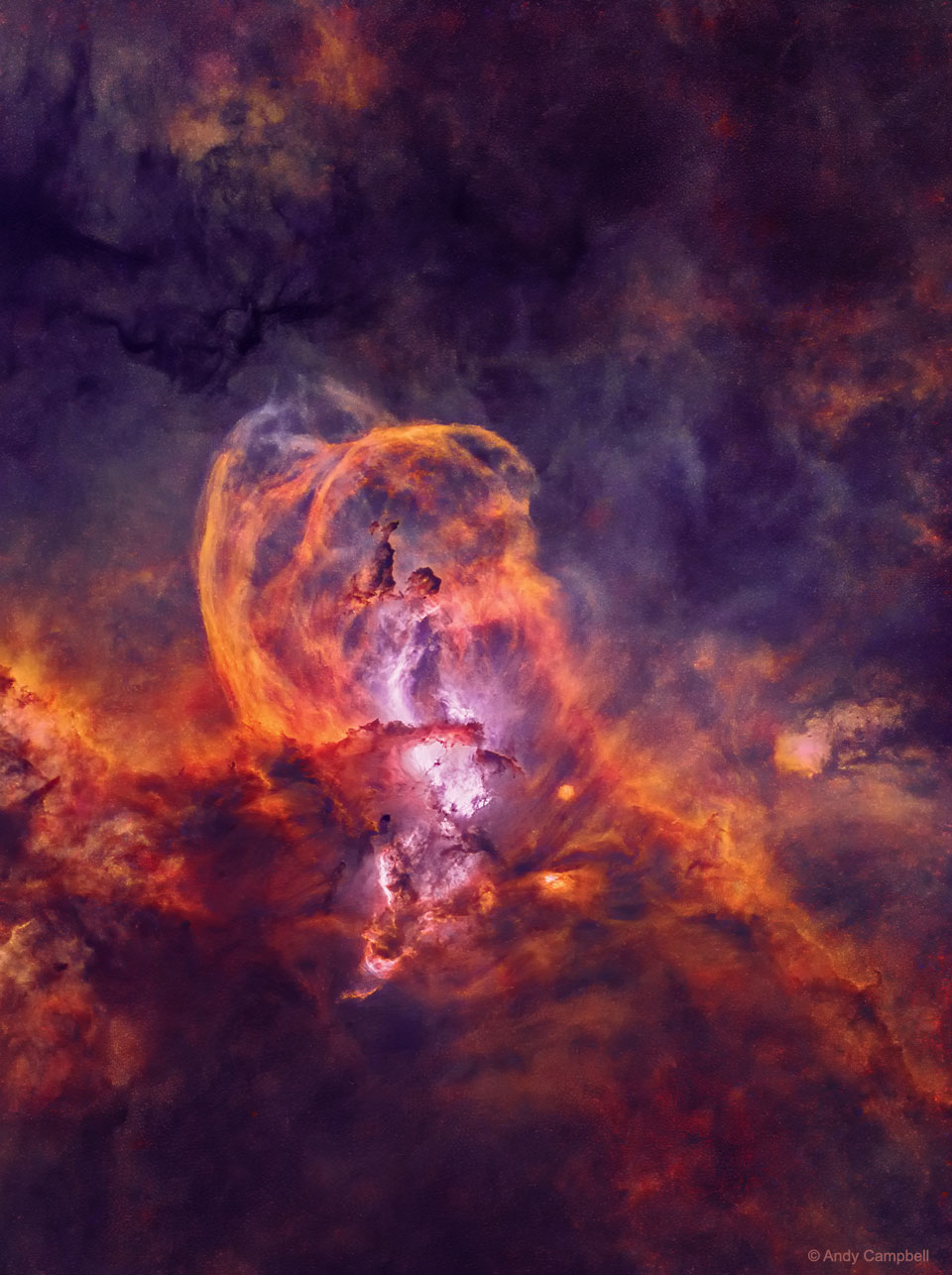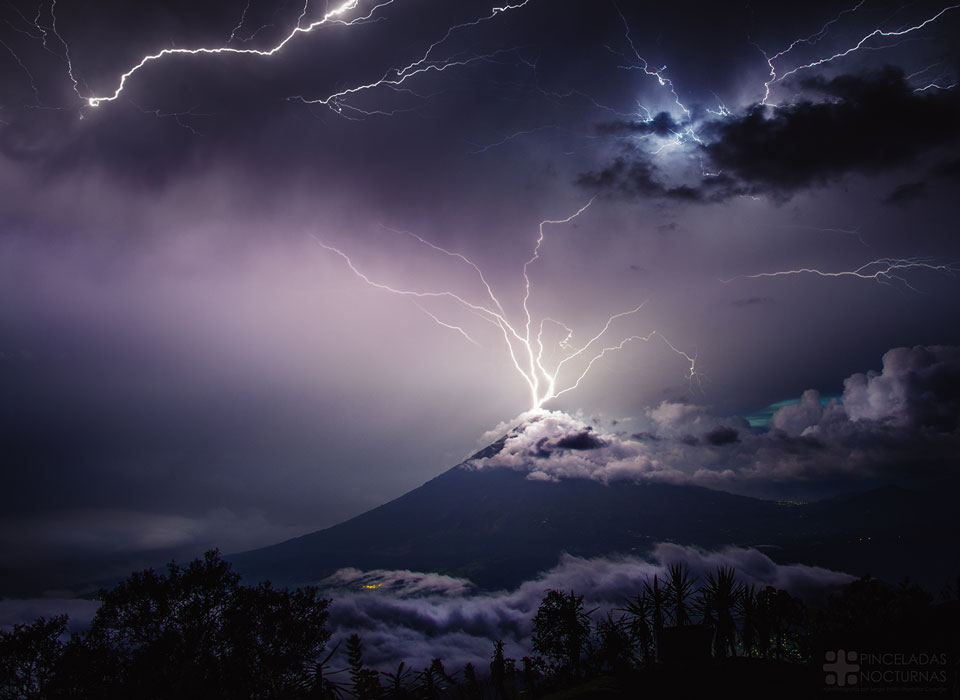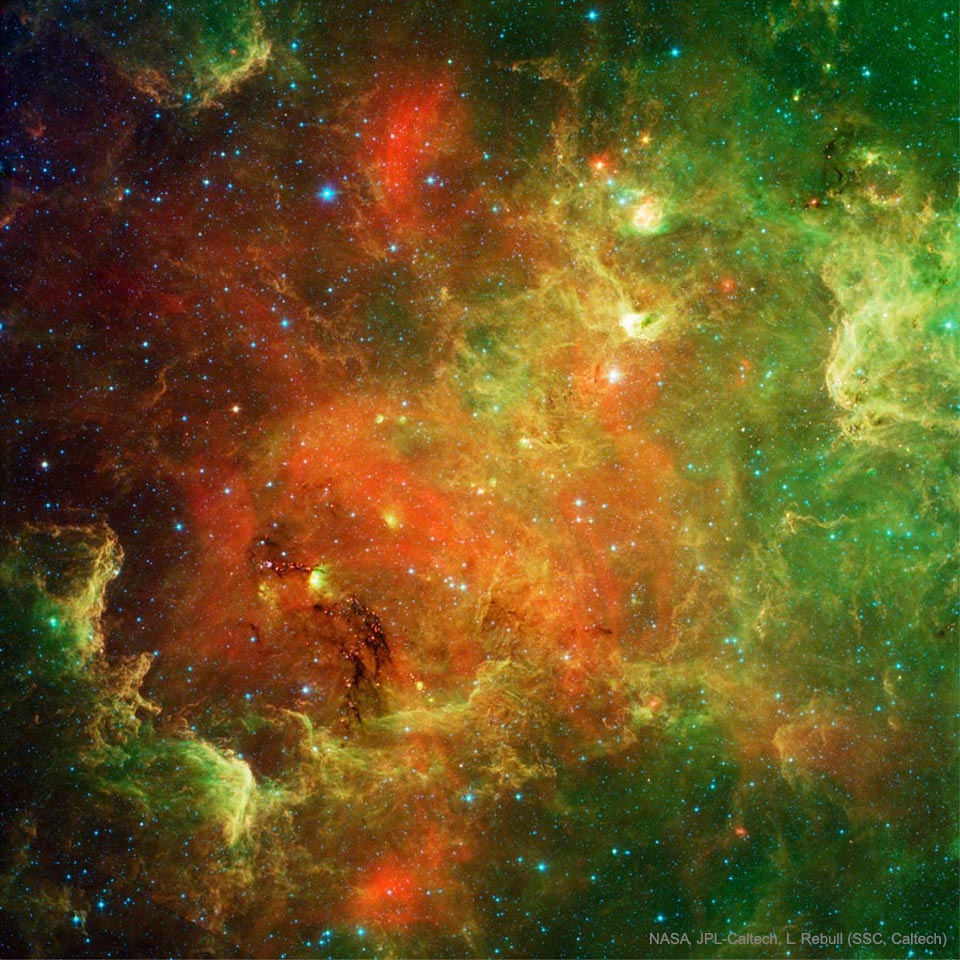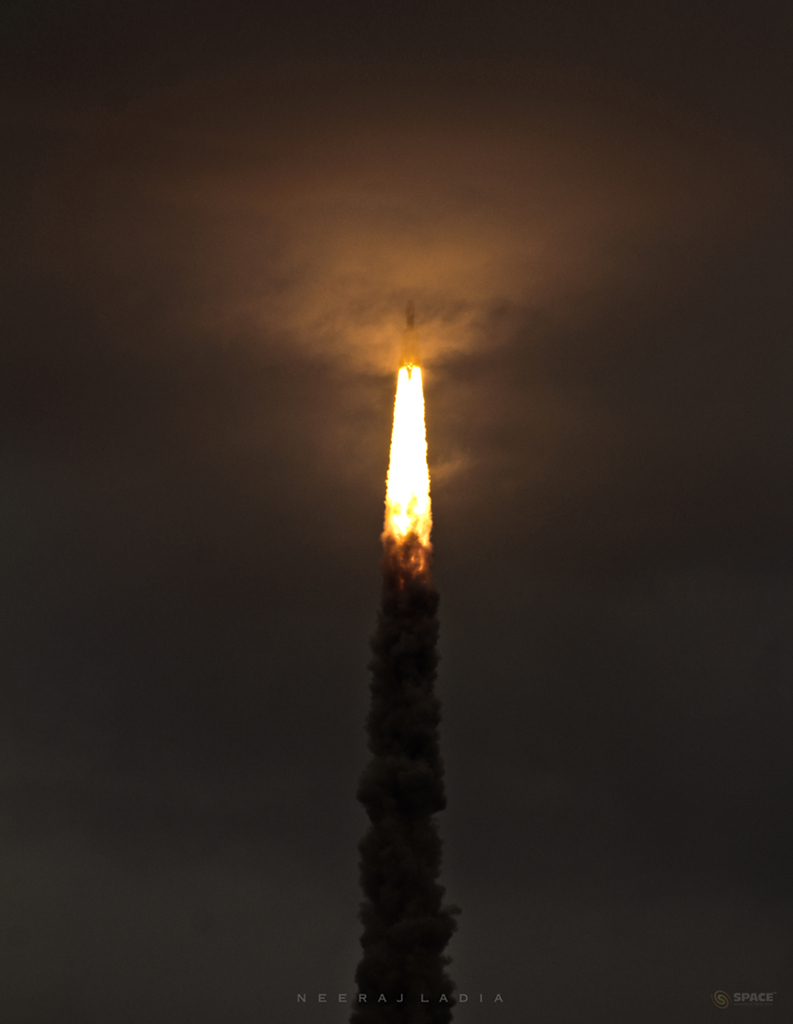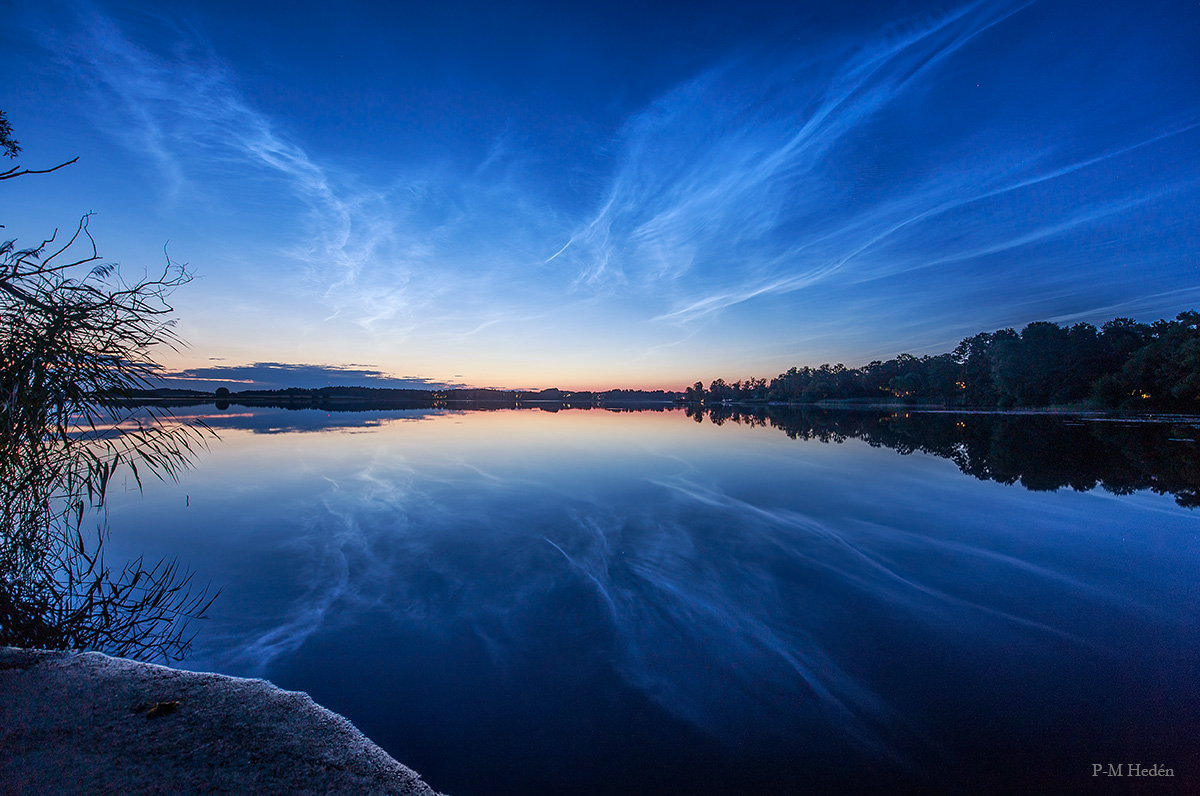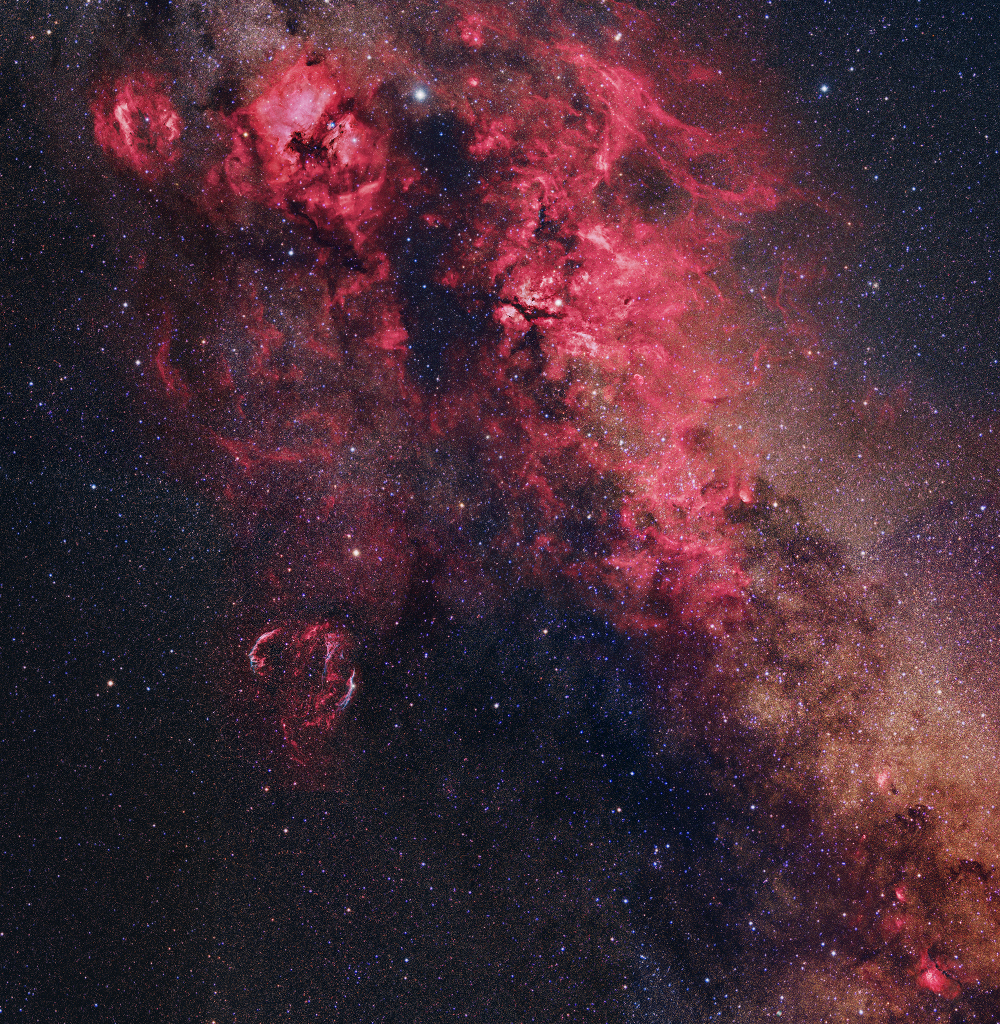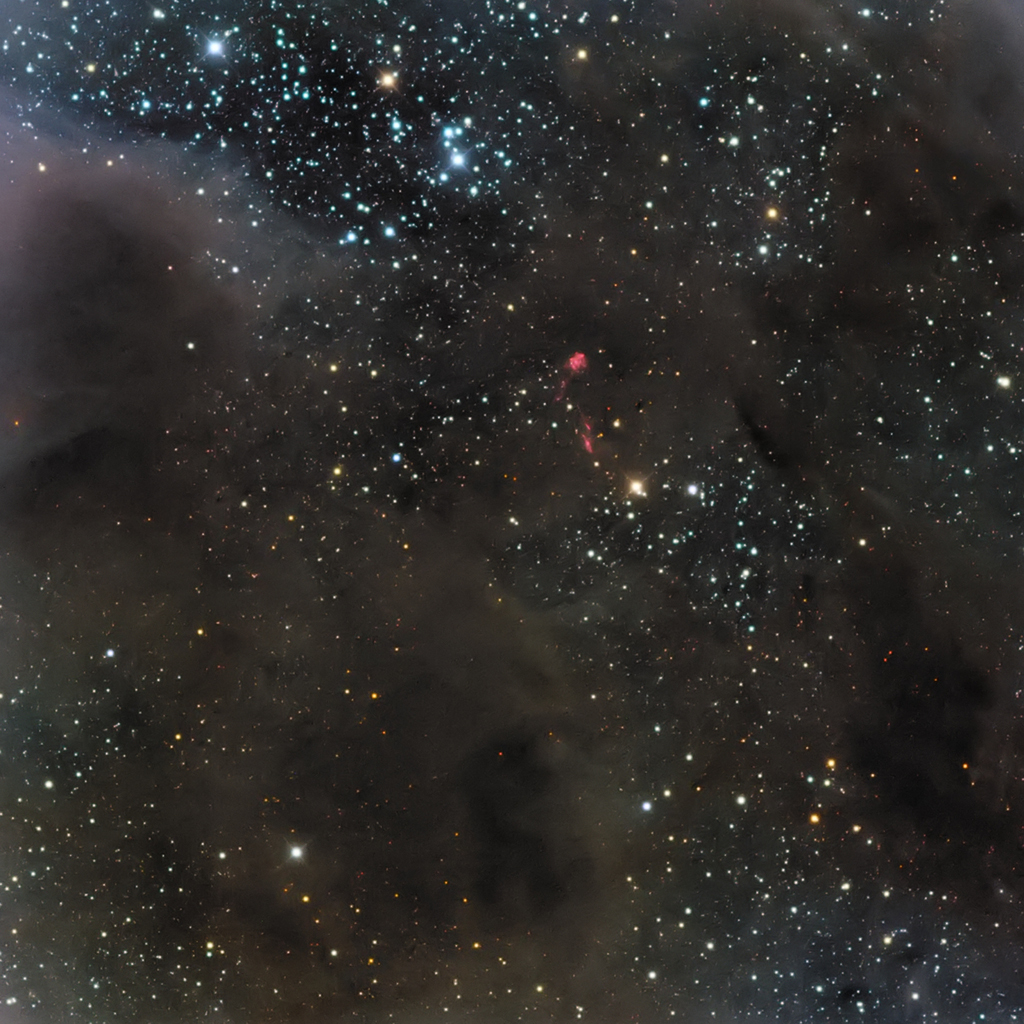
Image Credit & Copyright: Don Goldman
Explanation: A small constellation hiding near the south celestial pole, The Chamaeleon boasts no bright stars. Stars are forming within its constellation boundaries though, in a complex of dark, dusty molecular clouds. Some 500 light-years distant, the Chamaeleon II dark nebula inhabits this view where the cosmic dust clouds standout mostly in silhouette against the starry southern sky. The telescopic frame is about the angular size of a Full Moon and so spans about 5 light-years at the dark cloud's estimated distance. Scattered near center a telltale reddish glow from identified Herbig-Haro objects is seen in the sharp image, jets of shocked glowing gas emanating from recently formed stars.


